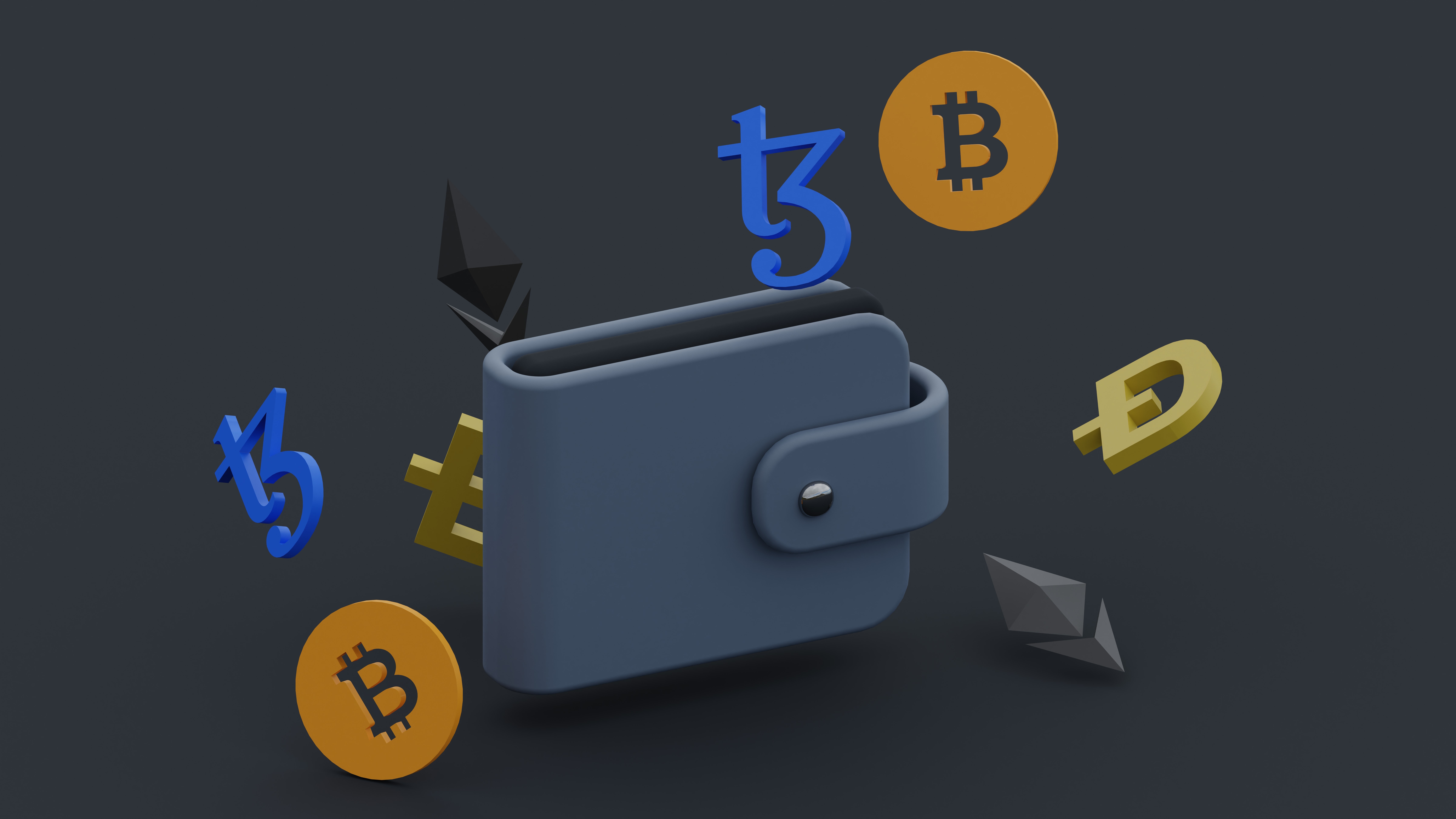
Web3, blockchain, crypto, NFTs, DeFi; all these terms have skyrocketed in use over the last year, to the point where it’s impossible to go to a coffee shop without hearing at least one of them. Web3 and crypto are the latest trends in technology, attracting millions of users into the space and getting them hooked on decentralized finance platforms and tradable digital assets. When you first start exploring Web3, it’s easy to get overwhelmed by everything happening. With this guide, you will receive a foundation in the vocabulary of Web3 and some pointers to help you dive deeper into this revolutionary space!
Let’s start with some history.
Web 1.0 was born when Tim Berners-Lee coined the phrase “World Wide Web” in 1989. He imagined the web evolving in three phases:
- Web 1.0, or the “Web of Documents”, would focus on plain-text documents. These basic and usually unstyled web pages meant to provide read-only information to users offered minimal interaction limited to scrolling and navigation, but nothing like how we’re able to interact with webpages now!
- Web 2.0, or the “Web of People”, would focus on people. Web 2.0 is the phase we all commonly know, and it started with the vision of creating digital communities like the ones you’d find on any social media platform. Design & innovation flourished during this phase, allowing the web to grow into the tool that almost all of society depends on today.
- Web 3.0, or the “Web of Data”, would focus on data. We are watching this phase evolve right before our eyes!
Since 1989, we have seen massive movements made in the tech space: from static pages simply displaying text to the birth of innovative monoliths like Google and sites like Reddit that foster communities. That was the shift from Web 1.0 to Web 2.0 happening right before our eyes, which brings us to Web3.

So, what is Web3?
Web3 is the next evolution of the internet, focusing on data and the “semantic web,” or a web where internet data is machine-readable. I won’t dive deep into the standards defining the semantic web, at least in this post, but you can read more about them here. Web3 is a decentralized online ecosystem operating on blockchain, a shared database that stores data in blocks that are linked together using cryptography. Blockchain is another topic that I won’t dive into deeply. Still, all you need to know is that all transactions, which are actions such as buying or selling crypto or buying an NFT, made on the blockchain get stored on a shared database that is then publicly accessible by anyone. You can see examples of these stored data blocks by looking at transactions made on a specific blockchain. For example, you can use etherscan.io to view all the transactions made on the Ethereum blockchain.
Taking it a step further, you have cryptocurrencies (or crypto). These are digital tokens that you use to make transactions within a specific blockchain. You may have heard of some of the most popular cryptocurrencies, such as Bitcoin or Ethereum, but thousands of tokens exist. Each cryptocurrency has an exchange rate between itself and “fiat money”, or mainstream legal tenders like the US Dollar or the Japanese Yen. You use fiat money to purchase crypto. You can use a few different tools to make these purchases, such as Coinbase, Binance, and Crypto.com.
Cool. What about NFTs?
Non-fungible tokens, or NFTs, are digital assets sold and traded on a blockchain. NFTs can be anything from art or music to blog posts or URLs. Art NFTs and NFT collections are perhaps the most well-known variant of NFTs. The sale of artist Beeple’s NFT for $69.3 million made headlines worldwide, and elite NFT collections like Bored Ape Yacht Club and Cryptopunks have quickly found themselves the poster children for the NFT space. Ultimately, NFTs are a way for creators and creatives to showcase and sell their work and receive royalties in return. The potential for what any NFT could be or how large the community behind it could get is endless.
The most popular NFT marketplace at the time of writing is OpenSea. OpenSea and Twitter are great places to explore and discover different NFT communities and creators. Most communities behind an NFT collection exist in Discord, so you’ll have to download that to start engaging in all the conversations that exist in these spaces.

Great! Now, where do I store all these digital assets?
You store your cryptocurrency, NFTs, or anything operating on the blockchain in a wallet. There are two types of wallets to know about:
- Hot wallets. Hot wallets are wallets connected to the internet. These are the wallets you would use to interact with digital marketplaces (like OpenSea). Popular options are MetaMask, Coinbase Wallet, or Exodus. The benefit of these wallets is that they are free to use. However, because hot wallets connect to the internet, they have some security risks. If you connect a hot wallet to a malicious site or your seed phrase gets out, a hacker could access your assets. Hacking may sound scary, but don’t worry! So long as you exercise caution and never give out your seed phrase, you should be just fine.
- Cold wallets. Cold wallets are physical devices that you plug into your computer and use to authorize transactions made on the blockchain. Popular cold wallets include Ledger and Trezor. Cold wallets come at a cost, starting at around $50, but come with the peace of mind of knowing your digital assets are much more secure. Cold wallets are the most formidable line of defense against hackers and ensure the safety of your assets.
Picking the wallet or wallets that work best for you may take some research. It’s common for beginners to start with a hot wallet and then purchase a cold wallet once they have some experience and more valuable assets to protect.
And last but not least, decentralized finance.
Decentralized finance, or DeFi, is changing the world of finance. DeFi removes the control that banks and other financial institutions have on money & other financial products and gives that control to individuals. The best way to think about DeFi is by comparing it to regular centralized finance. You store your money in banks and go through financial institutions to authorize transactions and store your assets with centralized finance. With DeFi, you keep your assets in your wallet and confirm your transactions through peer-to-peer networks. You can transfer funds and authorize purchases without going through any middlemen or financial institutions. DeFi operates on blockchain and uses cryptocurrencies for transactions.
And now you know the basics!
Hopefully, now you feel more confident tackling the world of Web3! While a lot is going on, you should now be comfortable navigating further into the topics that interest you. Rabbithole is a fantastic resource to learn more about topics I didn’t touch on in this article, like DAO governance and token swapping.
I will dive deeper into every topic I mentioned in this guide and so many more in future articles, so make sure to follow me on twitter to stay up to date on my latest ramblings!
Thanks for reading!
- Kyle